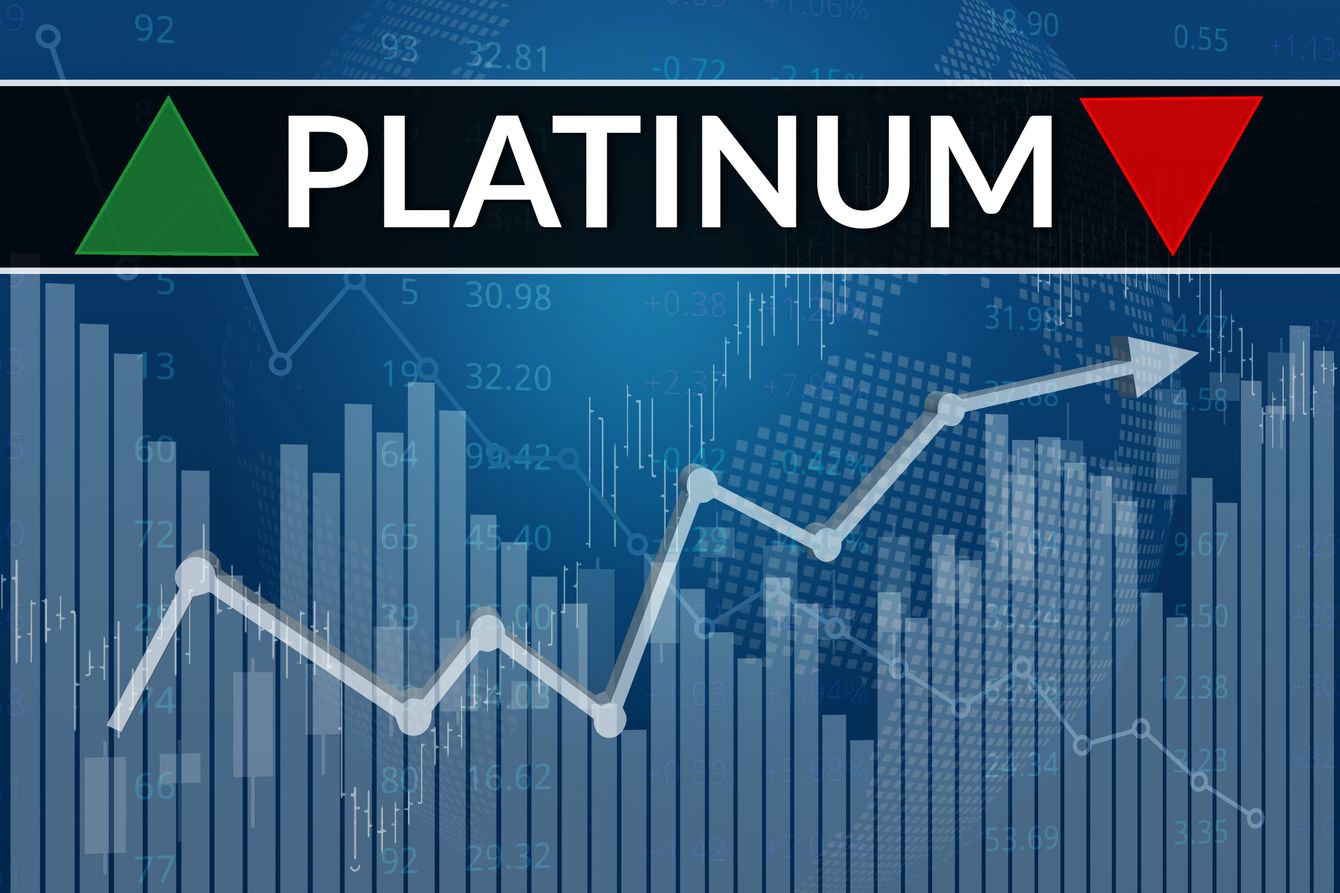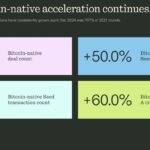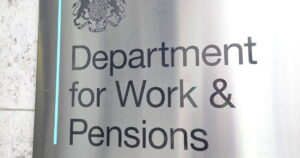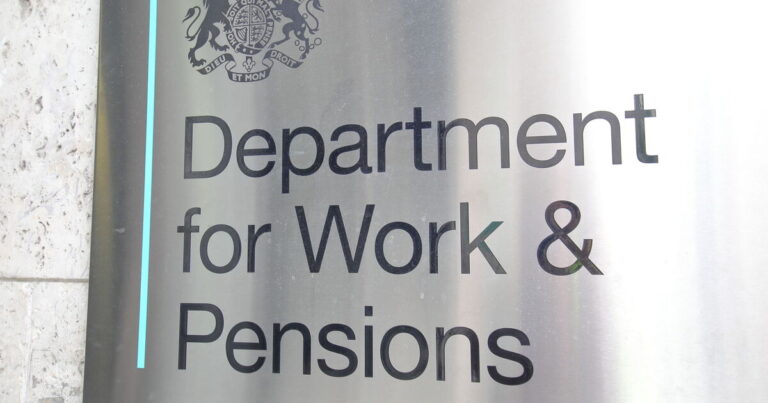The platinum market is expected to chalk up its largest deficit since records began in the 1970s as supply falters in South Africa and China’s industrial expansion powers ahead.
Global platinum demand is forecast to surge 28 per cent this year to 8.2mn ounces after investors piled in, adding to strong industrial consumption and increasing use of the metal in car catalytic converters in the first quarter, according to the World Platinum Investment Council, an industry body.
At the same time ailing output, exacerbated by stuttering electricity supply in top producer South Africa, has pushed the WPIC to revise its deficit forecast up 77 per cent from three months ago, to 983,000 ounces this year.
“It would be a record deficit in ounces since records going back to the 1970s,” said Edward Sterck, director of research at WPIC. He added that the last time 12 per cent of demand could not be met by new supply and recycling was in 1999.
Platinum prices have rallied by nearly a fifth since their February low, to $1,080 per ounce, and are sitting above their five-year average of $940 per ounce.
The gains have encouraged fund managers to turn to exchange traded funds that track the market and are backed by a physical holding of the metal.
The deficit marks a stark reversal from bumper oversupply for the previous two years when car production was hit by semiconductor shortages.
Platinum is used in catalytic converters that reduce vehicles’ harmful emissions, as well as in glass fibre for wind turbines, electronics and petrochemical plants.
In the near term producers say demand is supported by tightening emissions legislation but, in the longer term, uncertainty hangs over whether emerging demand from the hydrogen economy will outweigh the phasing out of combustion engine vehicles.
The forecast comes as the industry gathers in London for its annual Platinum Week conference. The persistent power supply shortages in South Africa, which accounts for 70 per cent of global supply, are likely to be in focus.
Banking turmoil in the US has spurred investors to seek out precious metals, and a growing awareness of the supply deficits for South African fund managers prompted a pivot from equities to holding platinum-backed ETFs, industry sources said.
WPIC believes that industrial demand in 2023 will be the strongest ever for platinum, despite fears over a global economic slowdown, because of chemical and glass plant expansions in China as well as continuing substitution of platinum for palladium in auto exhausts.
Record-high palladium prices have made auto catalysts, particularly those in hybrid vehicles such as the Toyota Prius, a target for thieves in recent years and drove automakers to switch over to platinum.
Other forecasters disagree with WPIC’s bullishness. In a separate outlook published on Monday Johnson Matthey, the London-listed catalyst technology group, predicted softer growth in demand — at 20 per cent this year — but still expected a deficit of about 130,000 ounces.
The previous years of abundant supply mean that sufficient stockpiles have been built up at 3.8mn ounces to satisfy demand, but as those draw down prices will probably rise and become more volatile.
However, a seismic shift has taken place in which about 85 per cent of material is held in China, where Sterck says it is “captive”, skyrocketing from less than 5 per cent four years ago.
Of the six platinum group metals, which also include palladium, rhodium and iridium, several analysts argue that platinum’s outlook is the brightest due to its use as a catalyst for hydrogen fuel cells and electrolysers.
















